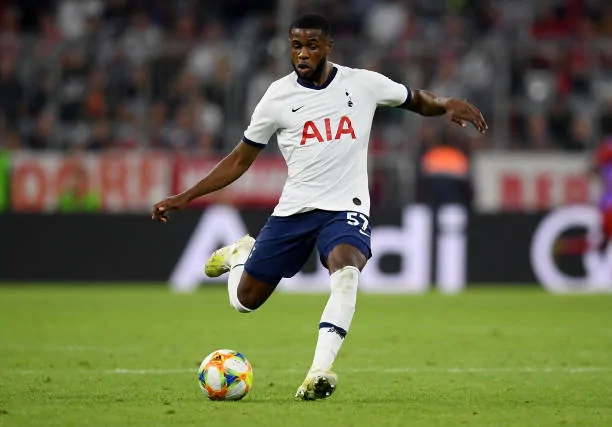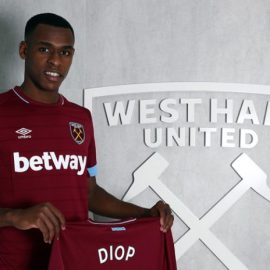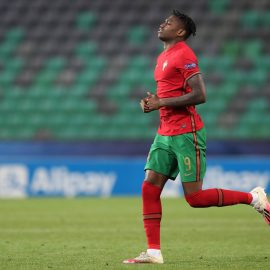Just a couple of years ago the player nicknamed El Niño was arguably the best striker in the EPL. These days he’s more known for his exorbitant transfer fee (£50,000,000) than his scoring prowess.
At 28 years of age, he should be at the peak of his powers. Unfortunately he is not.
It appears as if he has already passed the prime of his career. Still, most players would probably trade their career years for Fernando Torres’ accomplishments in 2012 alone.
As a player for both, Chelsea and the national team of Spain, he won the FA Cup, the Champions League, the Euro 2012 and the Golden Boot of that tournament. By anyone’s standard he had a spectacular year, at least on a collective level.
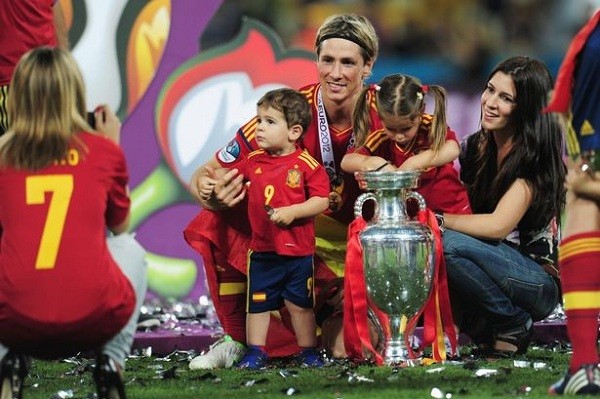
Individually he continued where he left off last year – he flattered to deceive. Torres didn’t make any significant contribution to any of the recent additions to the titles he can display in his trophy cabinet. When one thinks about it, his single most important goal had been the title-winning goal for La Furia Roja against Germany at the 2008 Euro final.
That’s it. Other than that he was lucky enough to be part of teams that succeeded.
The massive transfer fee was a testimony for the player he had been, not the player that he is. It’s been almost 2 years since his move from Liverpool to Chelsea. While he scored 81 goals in 142 games for Liverpool (0,57 goals per game), he’s currently at 19 goals in 86 games for Chelsea (0,22 goals per game).
The benchmark for a world-class striker is around 1 goal in 2 games (0,50 goals per game), a ratio he even bettered during his Liverpool days. His all-time numbers (as of 19th November 2012) are 191 goals in 471 games (0,40 goals per game). Even if we shed his Chelsea statistics his numbers are only slightly better at 172 goals in 385 games (0,44 goals per game).
Going by the numbers, one can arrive at the conclusion that Fernando Torres has probably peaked in Liverpool, an extended purple patch if you will.
There are probably only a handful of world-class strikers plying their trade in Europe’s top leagues at the moment. In Germany, there are Mario Gomez (181 goals in 299 games; 0,60 goals per game) and Klaas-Jan Huntelaar (256 goals in 392 games; 0,65 goals per game).
The latter has proven his naysayers wrong after two ill-fated spells with Real Madrid and AC Milan respectively. In Italy there’s Edison Cavani (129 goals in 256 games; 0,50 goals per game) while the French league can boast the man of the hour, Zlatan Ibrahimovic (246 goals in 504 games; 0,48 goals per game).
Ibrahomivc’s numbers would’ve been probably better were it not for his Juventus days where he scored Chelsea Torres-que numbers (26 goals in 92 games; 0,28 goals per game). After leaving the Turin outfit, however, his numbers have steadily increased and now stand at 156 goals in 262 games (0,59 goals per game; per 19th November 2012).
Ibracadabra is one of those rare cases where his statistics improve as he matures (2010/11: 0,51; 2011/12: 0,79; 2012/13 ongoing: 0,85).
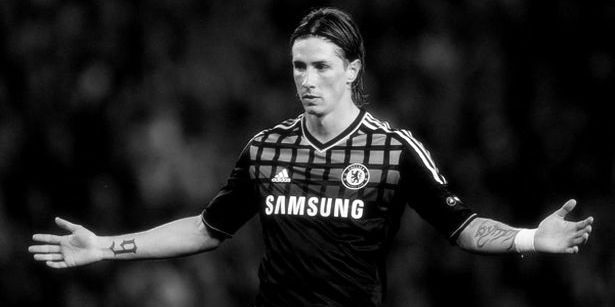
In England, there are a couple strikers who fit the bill. At Manchester City, there are his Atletico Madrid replacement, Sergio Argüero (160 goals in 351 games; 0,45 goals per game), Carlos Tevez 153 goals in 349 games (0,43 goals per game), though his ratio is hampered by his stay at Manchester United where he had to accommodate Cristiano Ronaldo and Wayne Rooney.
Completely discounting for his Everton days as a teen, Rooney’s numbers are 184 goals in 376 games (0,48 goals per game) while his new striking partner Robin van Persie has scored 143 goals in 291 games (0,49 goals per game) since arrive in England. In light of his then persistent injury record it’s quite an achievement.
Fernando Torres all-time ratio (0,44 goals per game) suggest that he’s still up there with the elite. In absolute numbers that may be true but statistics can also be misleading. Unlike his peers Torres does not score regularly, not anymore. He scores every once in a while and completely disappears of a grid for a while.
Last season he even managed to not score a goal in 24 hours of football. For a player as expensive as he is (on £180,000 a week, the joint-highest wage in the Premier League), that’s unacceptable. Even if selling Torres merchandise is a highly lucrative endeavor for Chelsea (or Adidas), he is paid to score goals first and foremost, which brings us to Chelsea’s indifferent form as of late.
Since late October Chelsea have lost three games in their last seven outings and have conceded the peak of the EPL table to Manchester City.
Though it would be unfair to single out Fernando Torres for blame, he’s a big part of the reason why Chelsea find themselves in the current situation – he simply doesn’t score frequently enough. The likes of Eden Hazard, Oscar and Victor Moses were acquired to supply him with chances, which they do.
El Niño on the other hand does his best to perplex even the sternest of advocates. With Didier Drogba gone, he has no rival for the no. 9 position, unless one considers the persistent moaning of Daniel Sturridge. He has by far the best creative players to accommodate him and he still doesn’t score at a rate that would justify his inclusion among the top earners in world football.
Salary-wise he earns as much as Barcelona’s Lionel Messi and Real Madrid’s Cristiano Ronaldo, only less than PSG’s Zlatan Ibrahimovic and Anzhi’s Samuel Eto’o.
In a wicked twist of fate, the one player for whom he’s likely to make way currently plays at his beloved boyhood club, Atletico Madrid’s Radamel Falcao. It’s even more interesting when one considers the fact that Atletico signed Falcao as a replacement for then City bound Sergio Agüero, who himself was labeled to be Fernando Torres long-term successor at the Spanish capital. Talk about things coming full-circle.
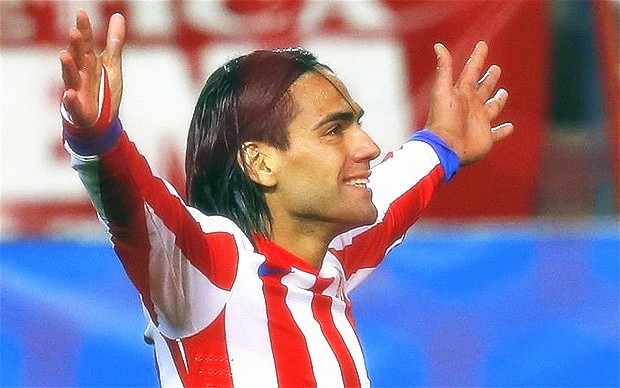
Out of all world-class strikers, Falcao is the easiest one to acquire, not cheapest though. The requisite buy-out clause for the Columbian hitman is set at £48,000,000 (roughly €60,000,000) which is almost exactly the amount Chelsea owner Roman Abramovich paid for Torres.
At this point it’s a forgone conclusion that Falcao will leave Atletico Madrid, summer 2013 being the latest. Buying Falcao should be a straightforward transaction, moving Fernando Torres, however, is a different matter altogether.
Even if the respected transfermarkt website values Fernando Torres at £28,000,000 (€35,000,000), he probably fetches as much as £16,000,000 – £20,000,000 (€20,000,000 – €24,000,000) at best. Even that value can only be credited to his still viable commercial appeal.
Though Chelsea’s owner ranks among the richest individuals walking the face of the earth, not even he is so extravagant to keep the luxury of Torres on the bench. Not in light of UEFA’s Financial Fair Play. There’s only one club in world football that actually has a super expensive bench-warmer, Real Madrid.
The player in question: Kaka. Real Madrid’s Florentino Perez is a billionaire, too. But it probably helps that Real Madrid is owned by its supporters, hence Mr. Perez doesn’t pay a dime out of his own pockets for Kaka’s salary, which is possibly the reason why he doesn’t mind.
Though no fluke, Chelsea FC have won their maiden Champions League trophy due to sturdiness, physicality and defensive prowess. Nevertheless, this current Chelsea side is much more entertaining than industrious.
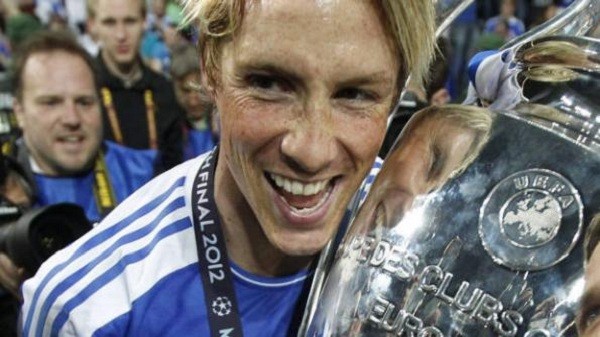
As Chelsea’s woeful November has proven, a world-class striker is a must-have if Chelsea is serious about becoming the first side since AC Milan to successfully defend their Champions League title, among other trophies.
The winter transfer window opens in 6 weeks, in which the speculation about Falcao’s future will likely only intensify. If, or rather when, Falcao arrives at Chelsea, Fernando Torres is arguably done at the elite clubs. Those who can afford him don’t need him (Manchester City, PSG, Anzhi, Zenit), while those who want him (is there any club that wants to swoop for him?) can’t afford him.
One likely scenario is that Chelsea proposes a player (Torres) plus cash deal for Falcao. It’s probably the only club Fernando Torres would be willing to agree to a massive pay cut in order to facilitate the deal. Other than that, there aren’t many options on the table. Playing second fiddle to Falcao? It could become a reality if he doesn’t find a suitor, soon.
Normally, a player with a massive salary is well-protected. That is unless the owner is a trigger-happy billionaire who goes by the name of Roman Abramovich. The Chelsea supremo is quite ruthless in that regard. He has proven time and again that he doesn’t have any qualms about sending his expensive signings out on loan (Shevchenko) or sack his managers after buying their costly contracts (Andres Villas-Boas) at a massive loss.
Somewhere in China is Didier Drogba, the player who successfully fended off Shevchenko and relegated Torres to the bench during his Chelsea days. He capped off his European adventure with a Champions League trophy at the age of 34, and is fondly remembered by Chelsea fans as living legend.
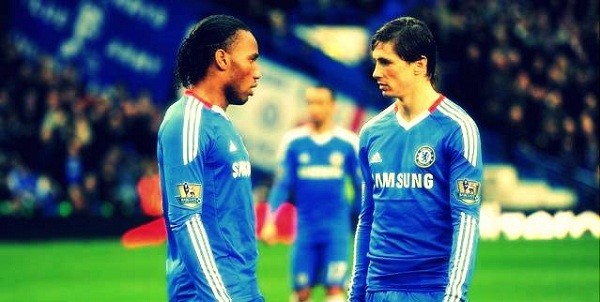
These days he’s bullying Chinese defenders for fun and collects a Torres-esque paycheck doing it. On the other end of the spectrum Fernando Torres, 28, could possibly face the end of his career at the very elite of European football. Even Shevchenko didn’t return to his boyhood club until he was nearing mid-30’s.
Six weeks or six months, one way or another Fernando Torres future will be sorted out in 2013.
Add Sportslens to your Google News Feed!
